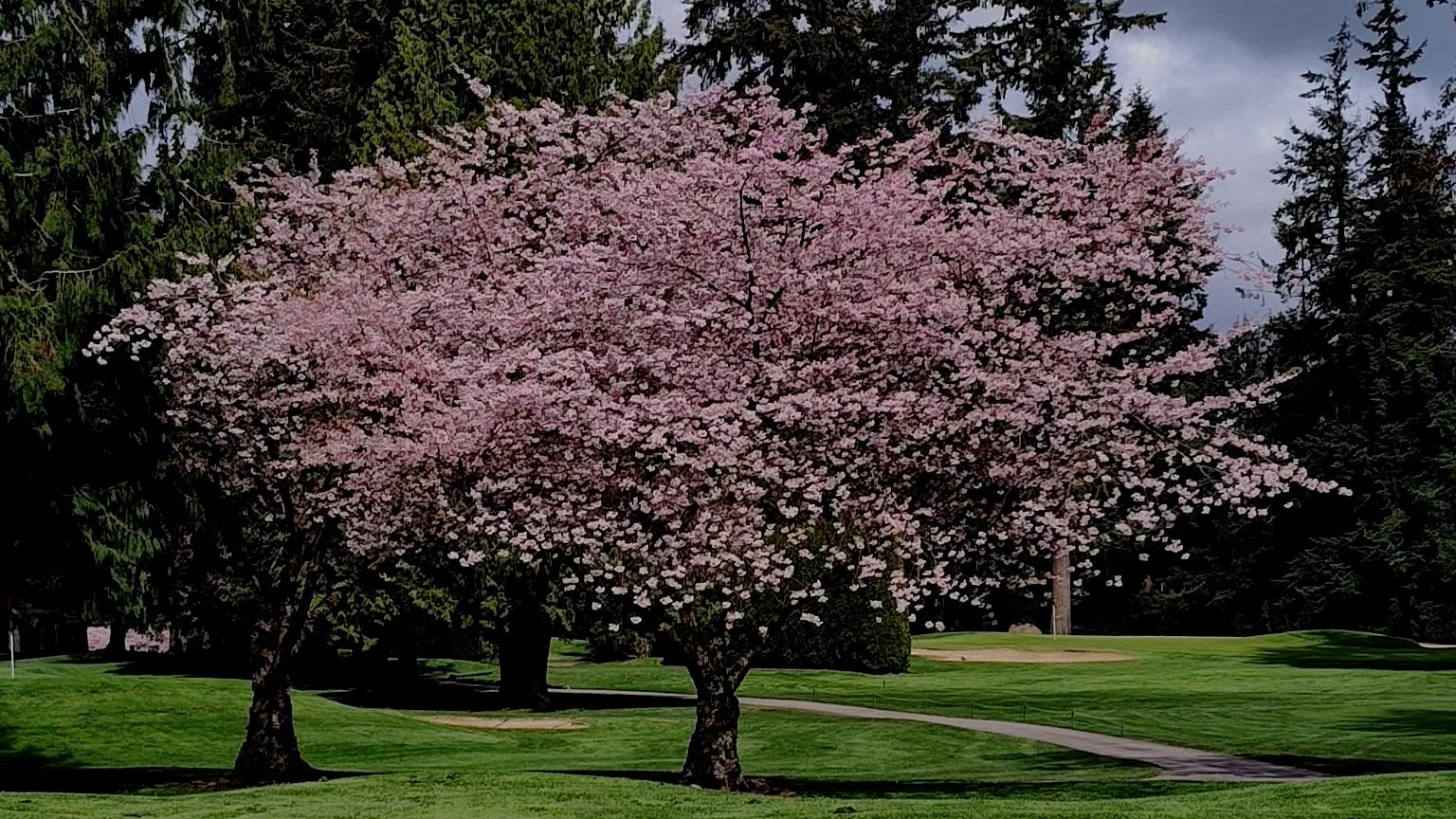I think it is safe to say that any gardener worth his/her salt has got to be an eternal optimist. Whether we are planting seeds, bulbs, or actual plants, our focus is always on the end result, the vision of how beautiful our garden will be once our new additions grow and mature. There is always a period of time during which we have to wait to see the fruits of our labors. I believe the expression is called “delayed gratification”.
In the case of transplants, like 4 inch annuals, it is not too hard to wait because often times the plants are already blooming when we plant them. As for seeds, that to me is a real leap of faith, and quite frankly the same holds true for bulbs. There is no visible sign of life in a seed or bulb, so you really have to believe in the future if you are going to invest in this form of gardening. You have to be an optimist.
Bulbs can be exciting contrary to what they might look like stuffed into a netted bag with a two dimensional photo attached. All it takes to enjoy bulbs is a little optimism and a willingness to be patient (there’s that delayed gratification thing again). Most bulbs are perennials and will multiply, increase in size and spread every year, so they are a good investment. Here are few of my tips on planting bulbs.
Always plant in clumps or drifts, nothing looks dumber than a row of soldiers spaced out one foot apart along the edge of the garden bed.
Second, never plant one bulb at a time. If I have a package of a dozen or so tulips I will dig a hole big enough to dump them all in together. It’s a whole lot faster and will look more naturalistic when they come up and bloom.
Third, planting depth is generally 3 times the diameter of the bulb. For most tulips, daffodils and hyacinth, I will dig a whole 4 to 6 inches deep (maximum), any deeper in our heavy clay soils and they may rot over the winter. For little minor bulbs, 1 to 2 inches is plenty deep.
Fourth, don’t stress out over which end is up (a lot of us go through our entire life not really knowing which end is up), the bulbs will figure it out. If you have the time and want to point all their noses up toward the sky then go for it, but in the end it won’t make a difference. If you are not sure which end is up, plant them sideways.
Fifth, while bulbs contain everything they need to produce a bloom, they will always look better and bigger if you throw in some organic food at the time of planting. Bone meal has always been the traditional amendment to use, but a balanced bulb food is good too.
Sixth, more is always better then less. A package of a lousy dozen tulips isn’t going to do squat-diddly. If you really want to be gratified come spring, you need to plant a “bunch” of bulbs in several places in the garden. Remember that by the time you have endured our endless winter you are going to need and appreciate a mass of color in the garden.
Last but not least, if you are short on space or have terrible soil, try planting bulbs in containers. It’s quick and easy and when they start to die down you can remove the containers from sight.


